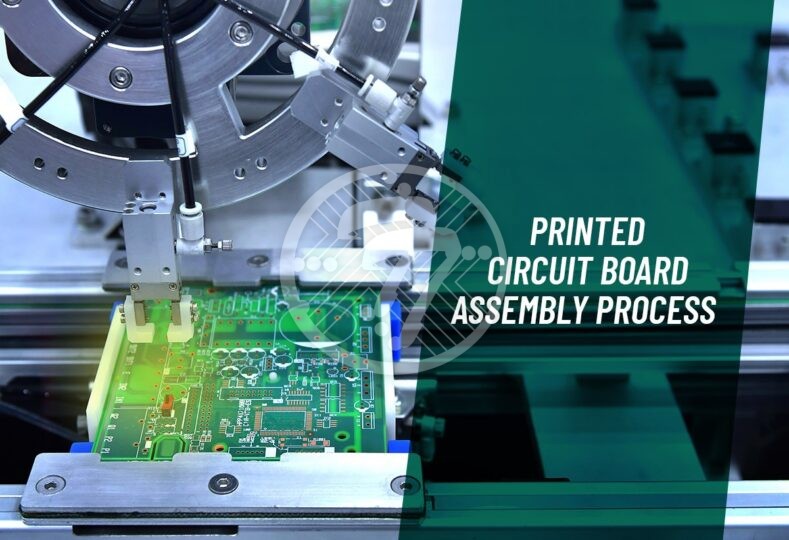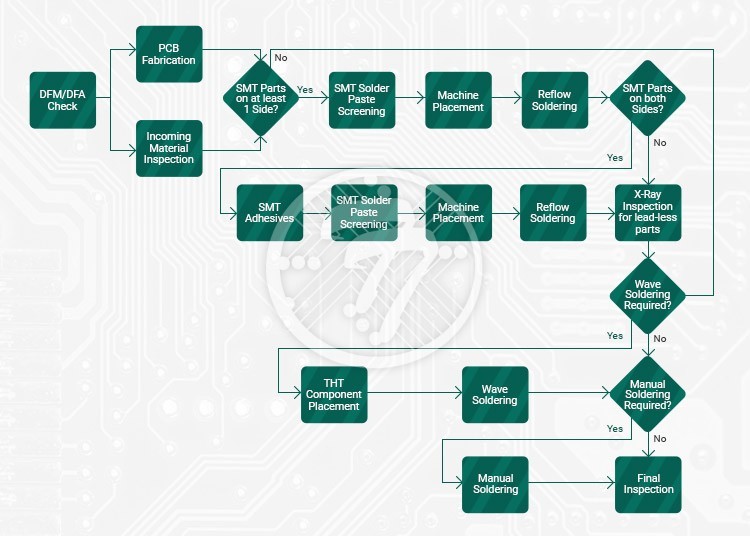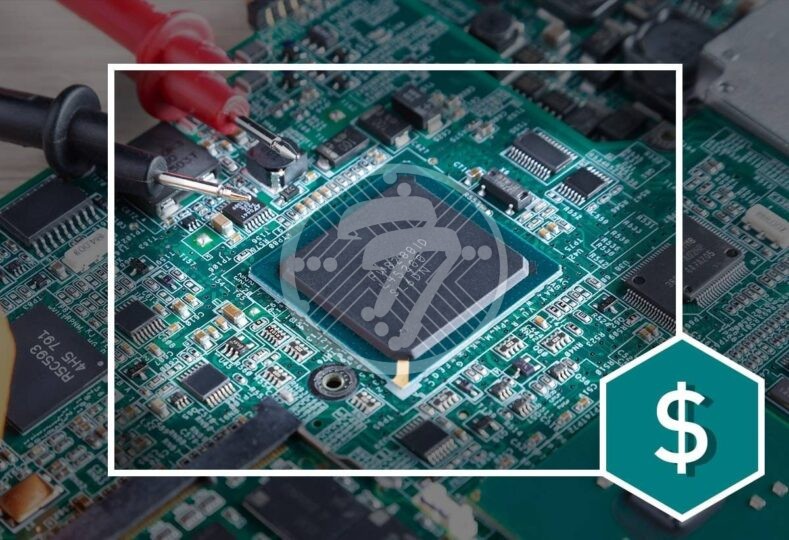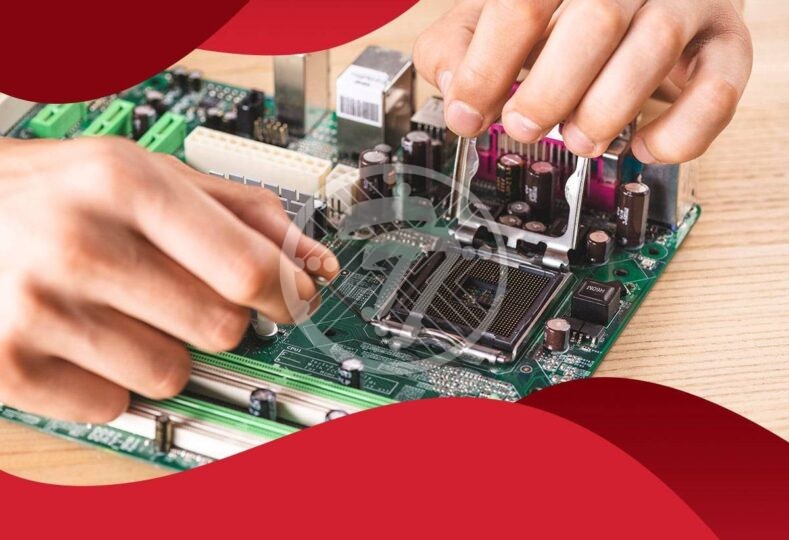Best Practices to Ensure the Correct Component Orientation by Optimized assembly PCB board!
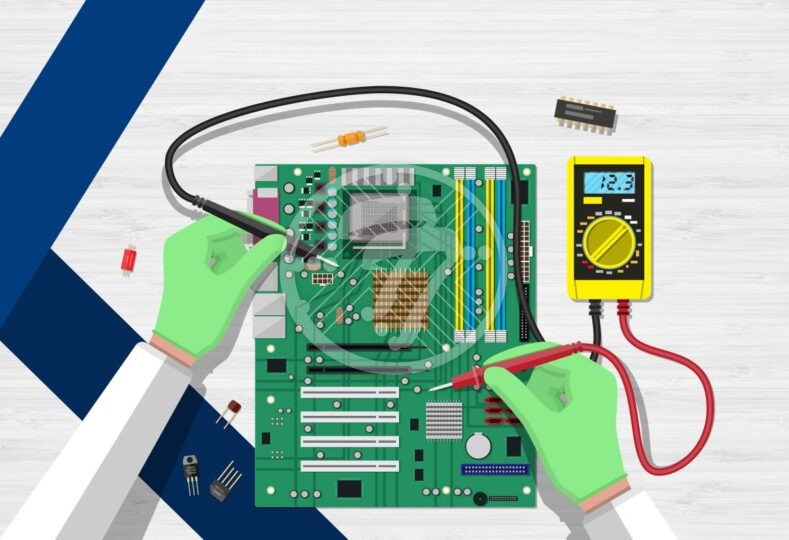
A connection is something very important. No one can live in isolation for the entire time. This is not only applicable to living beings. Don’t get confused now. Here we are talking about the components of PCB (Printed-circuit boards). Without proper connections, do you think you would find a working PCB? It’s not possible.
One of the most important parts of making a PCB is its component orientation when talking about PCB. It is not at all possible to make it without a proper component orientation. Now, think of a fast-flowing river, and you have to swim across it. Do you think you can go in the opposite direction of the river’s flow?
Personally, I don’t think it’s quite possible. It will be a lot of effort to go the other way rather than how the river’s water is flowing – component orientation on PCBs. You cannot put it incorrectly, or else Loads of problems will arise.
All this describes how important it is to have the correct component orientation to optimize the Assembly of PCBs. Assembly of printed circuit boards won’t be that difficult if different components’ orientation is in an aligned order and correctly placed.
Why is correct component orientation necessary?
As I’ve already told above, component orientation is necessary for the Printed Circuit Boards Assembly Process. If the components are not in an aligned position, it can create various defects and functional issues after the PCB assembly service. It can lead to poor functionality of the PCB, defects in its services, and many other electrical problems. Thus, correct component orientation is necessary.
Work with the PCB Assembler
For circuit board assembly, professional assistance is crucial. With the help of a PCB board manufacturer, assembly will be more manageable, and component orientation will be precise. A PCB contract manufacturer can ensure that the quality of the parts is high, minimizing time and labor while avoiding assembly issues. Accurate component orientation enhances manufacturability, ensuring your PCB meets specifications.
An experienced PCB assembler is also essential for optimizing printed circuit board manufacturing. They offer valuable expertise on circuit board functionality and assembly requirements, making your efforts more effective. Professional support will significantly benefit the correct component orientation through optimized PCB assembly.
Things to keep in mind before component orientation on Printed Circuit Board Assembly
To make sure that the printed circuit boards assembly is successful, you need to have a correct component orientation. But how can you do that? Well, correct placement and orientation is an important aspect of assembly PCB board.
- Please do remember the orientation of the components that are similar to each other, which means putting similar components in the same direction. Thus, it can help you get the proper idea of Orienting all the components according to the PCB. Alignment is very important, and the assembly PCB board depends on it.
- You will have to avoid placing any component on the solder side during the PCB assembly service. It is a crucial thing that you will have to take into consideration. If you don’t, then there might be bad or poor solder joints and electrical function problems.
- Another thing that you should consider while Assembly of printed circuit boards is the placement of SMT components. You should try and place them on the same side of a PCB. Also, you need to place all the through-hole components on the PCB’s top-side.
- On having mixed technology components, SMT and PTH, there will be a need for an extra process. the manufacturers might need it for the bottom components’ epoxy.
Manufacturing and functional considerations for PCB components Assembly:
There are two aspects that you should consider during component orientation on a PCB. You should make sure that your PCB is both manufacturable and functional. It is because the manufacturability of your board is important, and so is its functionality. Both of these aspects will decide whether your PCB will be perfectly working or not.
Manufacturable aspect
- The quality of the parts or materials should not be defective so that the assembly process will be smooth.
- In waved soldered boards, you should make sure that no components are misaligned as it can lead to various problems during the PCB assembly process.
- Separation of PCBs from their manufacturing panels is done with the help of V-groves scoring. You should make sure that the parts are oriented and placed so that the scoring tool gets enough place to work.
Functional aspect
- Certain parts in a PCB need to be interacted with. for example – some cables, switches, or connectors may be required to be accessible for human interfacing. Thus, they should be oriented so that human interfacing will be possible without any damages.
- Ensuring airflow across the board is also an important functional point here. You need to ensure that some parts are orientated in a specific direction so that its cooling can be maximum.
Conclusion
As discussed above, the correct component placement and orientation are necessary to output your PCB assembly successfully. Still, there are certain practices that you will have to undertake to do that. The perfect alignment of various components of a board is really important for the Assembly of PCB. But you don’t have to do it alone; some professionals can be of help to you. They can help in checking the manufacturability of your PCB and assemble it effectively.
Also, there are various things that you will have to consider for component orientation on PCBs. You need to ensure the correct alignment of components; components shouldn’t be placed on the solder side, SMT components are placed on the correct side.
Another thing that needs notice here is the manufacturable and functional aspect of a PCB. PCB Components assembly service needs a manufacturable and functional PCB. Thus, you should make sure that the quality of components should be good, components shouldn’t be misaligned, Human interfacing should be enabled, and a decent amount of airflow across the board is required.
Technotronix is a leading PCB Assembly company which has been operating for the last four decades. We are upgrading ourselves every day and offering the finest circuit board assembly, circuit board designs, PCB prototype and PCB fabrication services to our clients. We overcome every challenge that our customers can face, which helps to get perfect momentum in PCB making. You can rely on our PCB design tools that, in turn, lead to that perfect PCB Assembly. In case if you have any questions, please feel free to contact us via email at [email protected].







